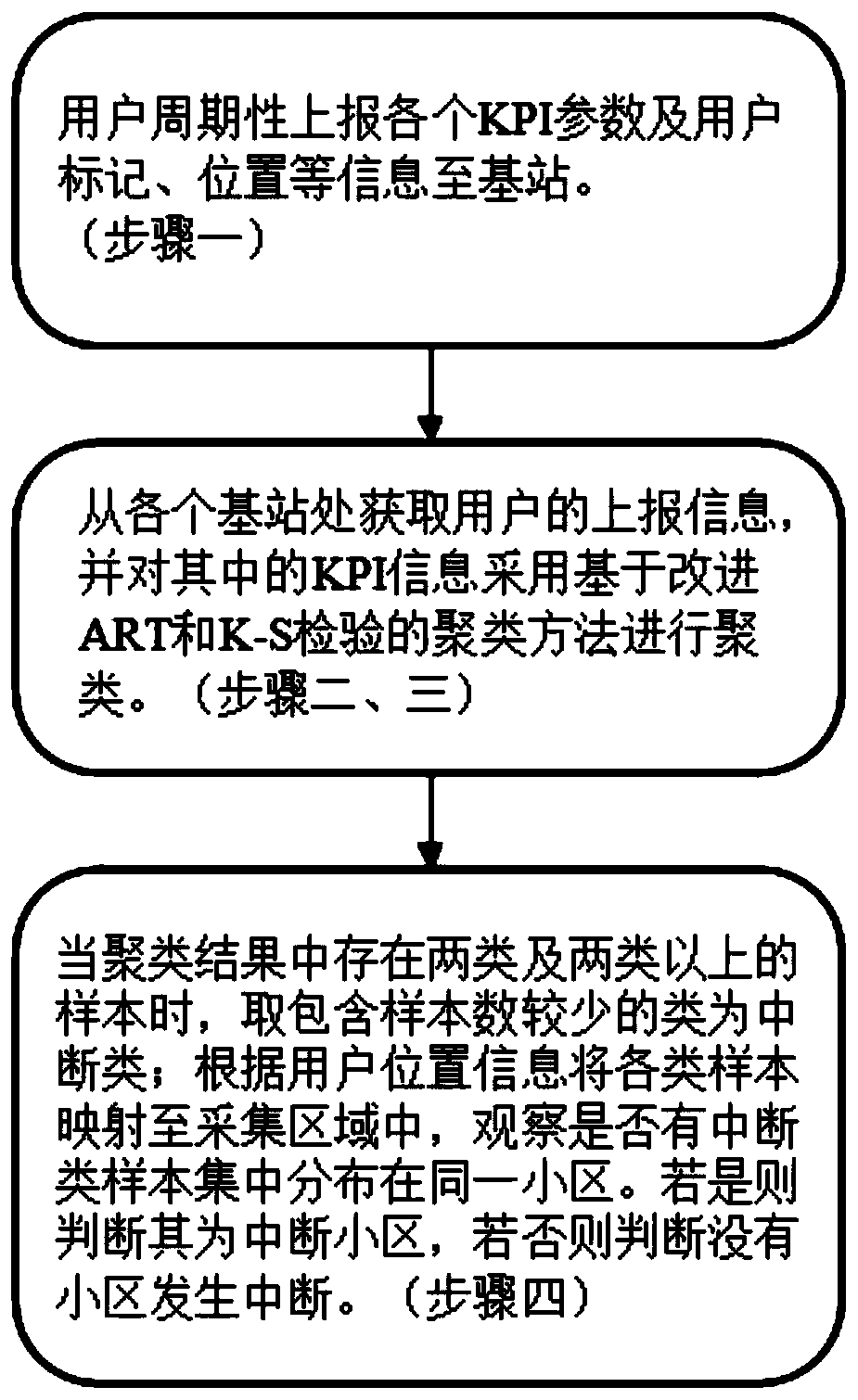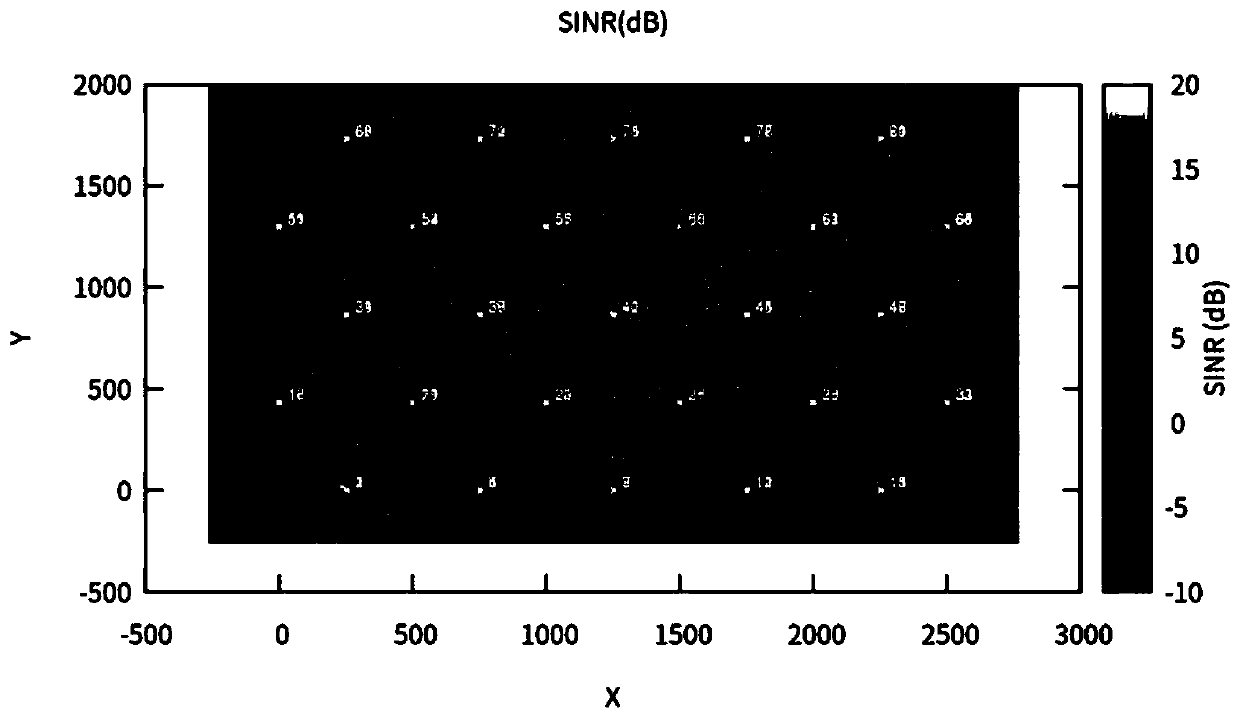Cell interruption detection positioning method based on adaptive resonance theory
A technology of cell interruption and positioning method, applied in physical realization, biological neural network model, transmission system, etc., can solve the problem of high cost
- Summary
- Abstract
- Description
- Claims
- Application Information
AI Technical Summary
Problems solved by technology
Method used
Image
Examples
Embodiment Construction
[0065] In order to make the object, technical solution and advantages of the present invention clearer, the present invention will be described in detail below with reference to the accompanying drawings and specific embodiments.
[0066] The purpose of the present invention is to provide a method for cell outage detection and positioning using unlabeled KPI information. In the acquisition area containing multiple cells, the method obtains its KPI, user identification and location information through the user's periodic reporting of measurement reports, and uses the Adaptive Resonance Theory (Adaptive Resonance Theory, ART) for the user according to the KPI information. ) network and Kolmogorov-Smirnov test (Kolmogorov-Smirnov test) method for clustering, and then according to the results of cluster analysis, combined with user location information to judge and locate the interruption cell in the collection area.
[0067] The feature of the present invention is to use the ART-...
PUM
 Login to View More
Login to View More Abstract
Description
Claims
Application Information
 Login to View More
Login to View More - R&D
- Intellectual Property
- Life Sciences
- Materials
- Tech Scout
- Unparalleled Data Quality
- Higher Quality Content
- 60% Fewer Hallucinations
Browse by: Latest US Patents, China's latest patents, Technical Efficacy Thesaurus, Application Domain, Technology Topic, Popular Technical Reports.
© 2025 PatSnap. All rights reserved.Legal|Privacy policy|Modern Slavery Act Transparency Statement|Sitemap|About US| Contact US: help@patsnap.com



